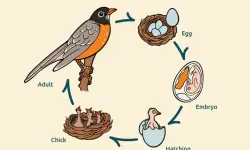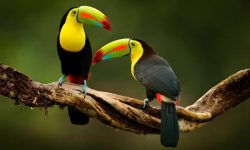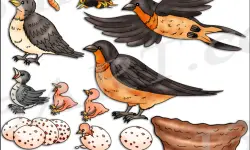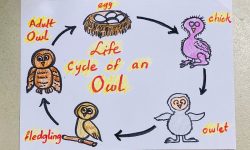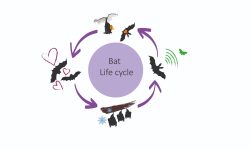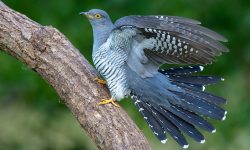Alaska is a haven for waterfowl, especially geese. With its expansive wetlands, coastal estuaries, and tundra plains, the state hosts a remarkable diversity of goose species—some year-round residents, others seasonal migrants or rare visitors. In this article, we’ll explore 13 species of geese that can be found in Alaska, with detailed insights into their appearance, behavior, habitat, migration patterns, and more.
1. Canada Goose (Branta canadensis)
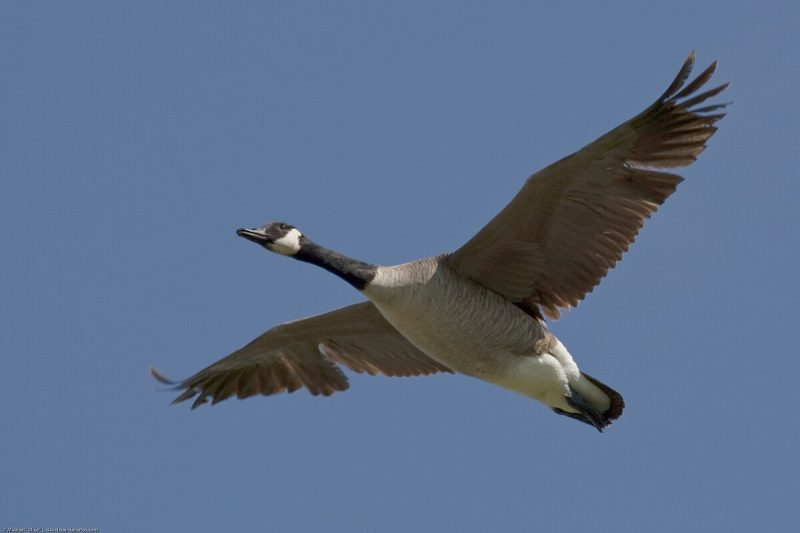
Identification and Range
Canada Geese are large, easily recognized waterfowl with a black head and neck, white chinstrap, brown-gray body, and pale breast. They breed widely across interior Alaska and are common in southern and central regions, migrating south in winter.
Habitat and Distribution
They prefer lakes, rivers, marshes, and tundra edges, nesting near freshwater. In migration or winter, they may also be seen in fields, urban parks, and wetlands.
Behavior and Vocalization
Highly social and loyal to breeding sites, they migrate in V-shaped flocks and communicate with loud, echoing honks. They’re alert, organized, and excellent long-distance flyers.
Breeding
Nesting begins in spring. The female lays 4–7 eggs near water, incubates alone while the male guards. Goslings are precocial, leaving the nest soon after hatching and staying with parents until fledging.
2. Cackling Goose (Branta hutchinsii)

Key Features
The Cackling Goose closely resembles the Canada Goose but is noticeably smaller, with a shorter neck, stubbier bill, and a more compact body. These differences can make it tricky to distinguish from juvenile Canada Geese, especially at a distance.
Habitat in Alaska
Cackling Geese primarily breed in western Alaska, especially in large numbers on the Yukon-Kuskokwim Delta, a vast wetland complex rich in nesting habitat.
Migration
They begin migrating in late August, heading to the western U.S. and California’s Central Valley, where they join flocks of other geese on agricultural fields and wetlands.
Vocalization
Their call is distinctively higher-pitched and squeaky, often described as a “yelping” sound, clearly different from the deep honk of the Canada Goose.
3. Greater White-fronted Goose (Anser albifrons)
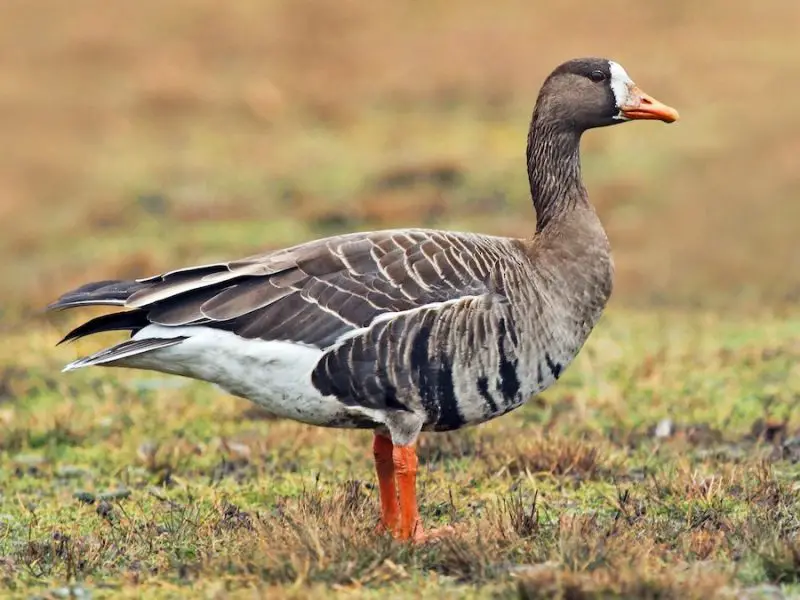
Appearance
Medium-sized goose with a gray-brown body, a white patch around the bill, and distinctive black speckles on the belly. Adults often appear mottled and are easy to identify in mixed flocks.
Breeding Grounds
Nests widely across western and northern Alaska, especially in coastal tundra regions during summer.
Migratory Patterns
Forms large, noisy flocks that migrate to California, Texas, and Mexico for the winter, often alongside other geese.
Behavior
Very vocal, with a loud, “laughing” call. Social and often seen mixing with Canada, Snow, or Cackling Geese during migration and on wintering grounds.
4. Snow Goose (Anser caerulescens)

Subspecies and Forms
Occurs in two color morphs: the white morph (entirely white with black wingtips) and the blue morph (dark body with white head). Both have a pink bill with a dark “grinning patch.”
Range
Breeds in coastal northern Alaska, especially in the Arctic National Wildlife Refuge, often in colonies on tundra plains near water.
Seasonal Movement
Migrates in huge flocks to the southern U.S. and Gulf Coast, covering thousands of miles between breeding and wintering grounds.
Notable Traits
Known for mass synchronized flights, which confuse predators. Their migrations are spectacular and noisy, often filling the sky with movement and sound.
5. Ross’s Goose (Anser rossii)

Size and Shape
A small, compact goose, resembling a miniature Snow Goose. Adults are all white with a short, stubby pink bill and bluish warty patches at the base.
Occurrence in Alaska
A rare breeder in northern Alaska, mainly along the Arctic coast, where it nests in isolated areas within Snow Goose colonies.
Behavior
Often associates with Snow Geese during migration and on wintering grounds. Generally quieter and more timid, staying on the edges of flocks.
6. Emperor Goose (Anser canagicus)
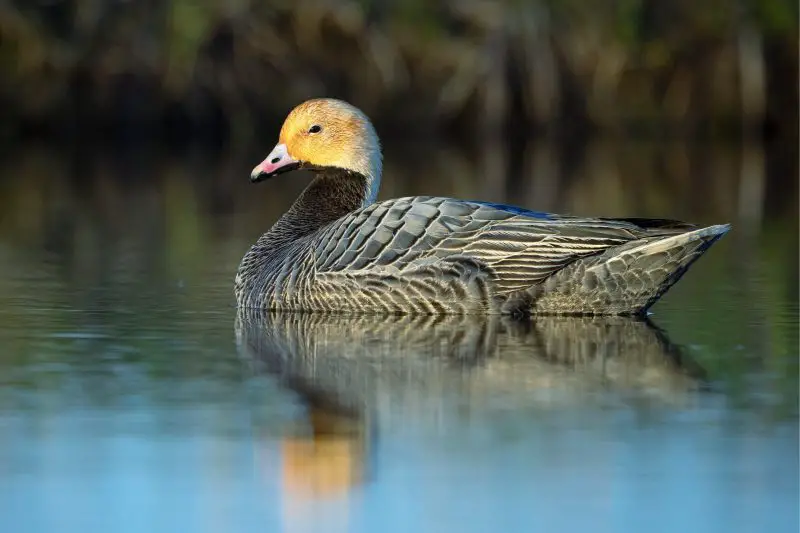
Unique Features
A compact, heavy-bodied goose with a slate-gray plumage that appears scaly, a white head and nape, orange legs, and a short pink bill. Its striking appearance makes it easy to recognize.
Alaska Distribution
Endemic to Alaska, it breeds almost entirely along the Bering Sea coast, particularly in the Yukon-Kuskokwim Delta and nearby coastal tundra regions.
Habitat
Prefers coastal salt marshes, tidal flats, and brackish wetlands, where it forages on grasses, sedges, and eelgrass—often in remote, windswept habitats.
Conservation Note
Once in steep decline due to overhunting and habitat disturbance, the population has rebounded thanks to legal protections and regulated subsistence harvests.
7. Brant (Branta bernicla)

Appearance
A small, dark goose with a black head, neck, and chest, accented by a distinctive white neck patch. The body is mostly gray-brown with lighter underparts, giving it a compact and sleek appearance.
Migration and Range
Brant migrate along Alaska’s western coastline, using estuaries, tidal lagoons, and mudflats as key stopover sites during spring and fall migrations.
Diet and Feeding
Specialized for coastal foraging, Brant feed primarily on eelgrass, sea lettuce, and other marine vegetation in intertidal zones. They rarely graze on land, unlike most other geese.
Breeding
Breeds in high Arctic tundra, often nesting near freshwater ponds or coastal lowlands. Nests are built in open terrain, where visibility helps guard against predators.
8. Taverner’s Goose (Branta hutchinsii taverneri)
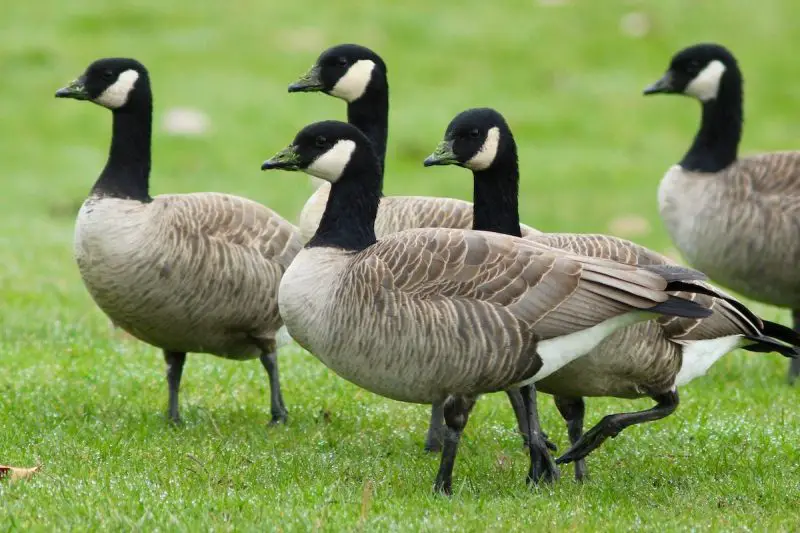
Taxonomy
A distinct subspecies of the Cackling Goose, Taverner’s Goose is medium-sized, smaller than a Canada Goose but larger than most other Cackling subspecies. It has a short neck, rounded head, and is best distinguished by subtle differences in size, bill shape, and vocalizations.
Alaska Habitat
Breeds across central and western Alaska, especially in low, wet tundra habitats where it nests near ponds and marshy ground. It’s most numerous in areas like the Yukon-Kuskokwim Delta and parts of the Interior.
Vocal Differences
Its call is a distinct nasal “honk”, less squeaky than other Cackling Geese. This unique sound helps researchers and birders differentiate it during migration.
Importance
Taverner’s Goose is an important traditional resource for subsistence hunters in Alaska. Its seasonal abundance and accessibility make it a valuable species in rural diets and cultural practices.
9. Aleutian Cackling Goose (Branta hutchinsii leucopareia)

Distinct Markings
A small, compact goose with a short neck, small bill, and a prominent white neck ring. Its body is slightly darker than other Cackling subspecies, with sharp contrast between the black neck and pale back.
Conservation History
Once endangered due to introduced predators like Arctic foxes on Aleutian nesting islands. Thanks to predator control and habitat protection, populations have rebounded and are now stable.
Breeding
Nests exclusively on the Aleutian Islands, favoring coastal tundra, grassy slopes, and inland wetlands near cliffs and shorelines.
Wintering Sites
Migrates to California’s Central Valley, forming large flocks in wetlands and agricultural fields during winter.
10. Lesser White-fronted Goose (Anser erythropus)
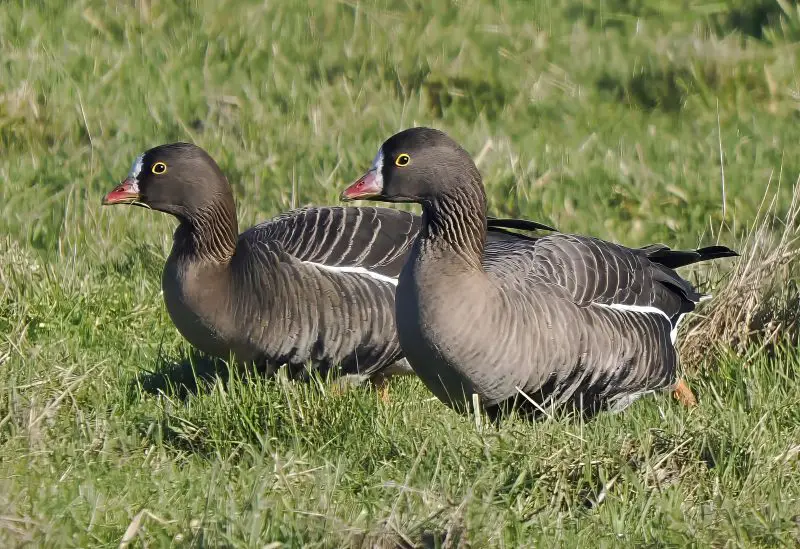
Rare Visitor
This species is an extremely rare vagrant in Alaska, occasionally observed when individuals stray from their native range in Asia. It’s one of the least commonly recorded geese in the state.
Identification
Similar in appearance to the Greater White-fronted Goose but smaller and more delicate, with a shorter bill, rounder head, and a clear yellow eye-ring—a key distinguishing feature. The white facial patch around the bill is also more compact.
Global Concern
Globally, the Lesser White-fronted Goose is endangered, with major population declines driven by habitat loss, illegal hunting, and disturbance on both breeding and migration grounds, especially across Eurasia.
Sightings in Alaska
Only a handful of verified records exist, mostly from western Alaska, particularly near Nome and the Bering Strait, where stragglers occasionally appear during migration.
11. Barnacle Goose (Branta leucopsis)
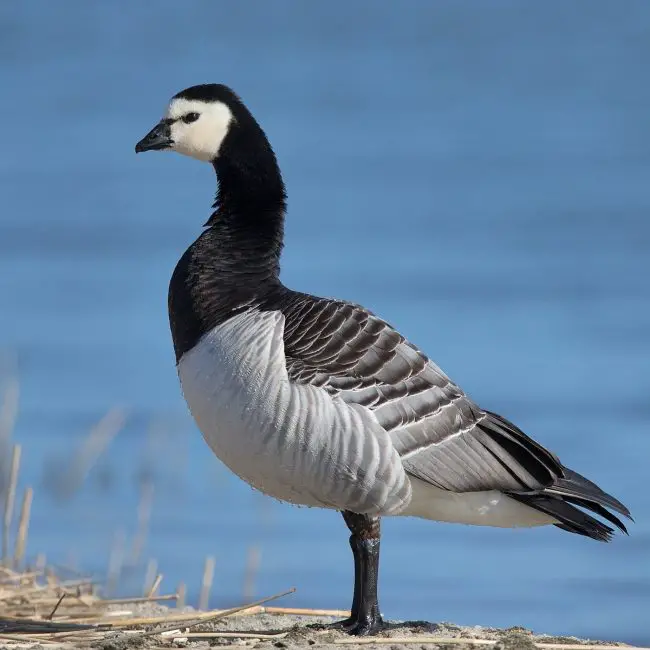
Status
A species native to Eurasia, the Barnacle Goose is a rare vagrant in Alaska, with only occasional records, mostly from western coastal areas. Its appearance in the state is considered notable.
Characteristics
A striking goose with a black neck and breast, white face, and a silvery-gray back patterned with black barring. Smaller and more compact than the Canada Goose, it has a crisp, high-contrast plumage that makes it easy to identify when present.
Possible Origins
Some birds seen in Alaska may be escapes from captivity, particularly in urban areas or parks. However, wild individuals have been confirmed, likely blown off-course during migration from Arctic Russia or Scandinavia.
Significance
Because of its rarity, the Barnacle Goose is a highly prized species among birders, often drawing attention during migration periods when rare goose flocks are carefully studied.
12. Greylag Goose (Anser anser)
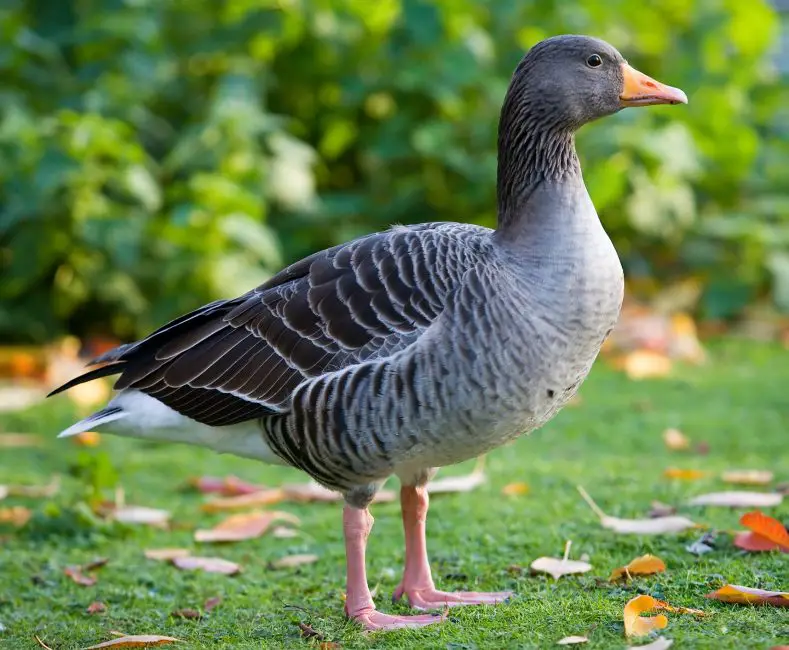
Non-native Presence
The Greylag Goose is not native to North America, but is occasionally observed in Alaska, usually assumed to be escapees from domestic or feral flocks, rather than true wild migrants from Eurasia.
Features
A large, heavy-bodied gray goose with a bulky orange bill, pale belly, and a generally uniform gray-brown plumage. It is broader and more robust in appearance compared to native species.
Identification Challenges
Can be difficult to distinguish from domestic hybrids or farm geese, especially since many domesticated breeds descend from the Greylag. Careful observation of size, shape, and behavior is required for accurate identification.
Habitat
Sightings in Alaska are typically near urban ponds, agricultural fields, or modified wetlands, where domestic geese may mix with wild flocks.
13. Pink-footed Goose (Anser brachyrhynchus)
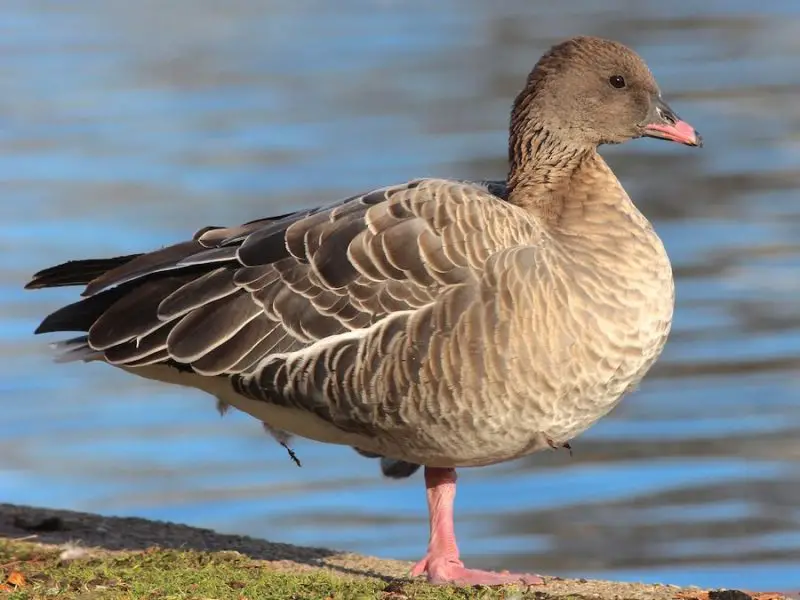
Rare and Unexpected
A species native to Greenland and Iceland, the Pink-footed Goose is an extremely rare vagrant in Alaska. Its presence is unexpected and likely due to long-distance displacement.
Physical Traits
This medium-sized goose has a grayish-brown body, pink legs and feet, and a short bill marked with a distinct pink band near the middle—its key identifying feature.
Migration Route
Normally migrates between the North Atlantic and Europe, so any appearance in Alaska is likely the result of strong storms, navigational error, or ecological disruption during migration.
Importance to Science
Every verified sighting offers valuable data for scientists tracking migration shifts, vagrancy patterns, and potential climate-related changes in Arctic bird movements.
Conclusion
Alaska’s geese diversity reflects the state’s critical role in global migratory bird networks. From the majestic Canada Goose to the elusive Pink-footed Goose, each species has carved out its ecological niche in Alaska’s vast wetlands and tundra. Whether you’re a seasoned birder or a curious traveler, encountering one of these birds in Alaska is always a thrilling reminder of nature’s complexity.
As climate change, habitat pressures, and human activity continue to alter bird migration, documenting and conserving these species becomes more important than ever.

